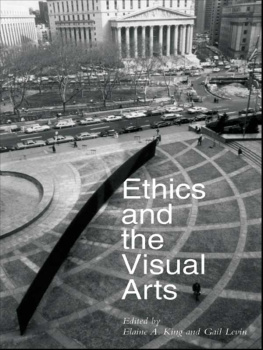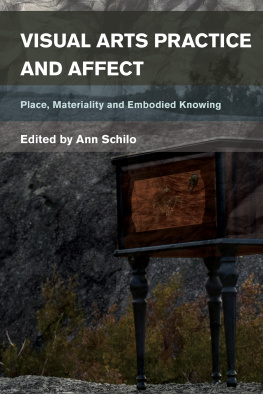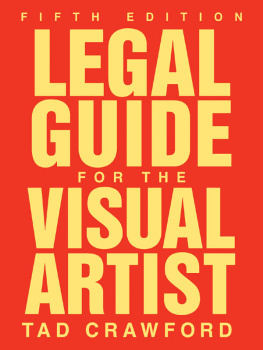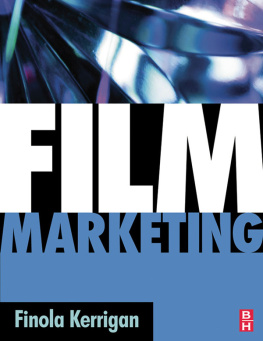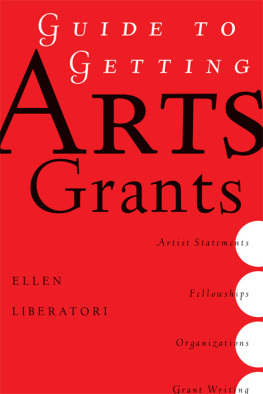Ethics
and
the
Visual
Arts
Edited
by
Elaine A. King
and
Gail Levin

2006 Elaine A. King and Gail Levin
All rights reserved. Copyright under Berne Copyright Convention, Universal Copyright Convention, and Pan-American Copyright Convention. No part of this book may be reproduced, stored in a retrieval system, or transmitted in any form, or by any means, electronic, mechanical, photocopying, recording, or otherwise, without prior permission of the publisher.
09 08 07 06 5 4 3 2 1
Published by Allworth Press
An imprint of Allworth Communications, Inc.
10 East 23rd Street, New York, NY 10010
Cover design by Derek Bacchus
Interior design by Joan OConnor
Typography by Integra Software Services, Pondicherry, India
Cover photo by Anne Chauvet
ISBN-13: 978-1-58115-458-0
ISBN-10: 1-58115-458-5
ISBN 9781581158229
Library of Congress Cataloging-in-Publication Data
Ethics and the visual arts / edited by Elaine A. King and Gail Levin.
p. cm.
Includes index.
1. ArtMoral and ethical aspects. I. King, Elaine A. II. Levin, Gail, 1948
N72.E8E85 2006
701dc22
2006013942
Printed in the United States of America


A Perspective on Ethical Art Practice
Elaine A. King and Gail Levin
In February 2002, at the annual meeting of the College Art Association, Gail Levin organized a panel entitled Ethics in the Art World, on which Elaine A. King and Elizabeth A. Sackler presented papers. This session was well received by the audiencemany people expressed an interest in seeing this session published. We ultimately decided to expand the range of topics and compile an anthology on this subject.
Questions of ethics in the art world usually receive little attention until breaches force issues into the public eye. Many ethical violations also constitute illegal acts; however, law enforcement is sporadic, while significant ethical issues remain. Throughout 2005, our subject, ethics and the visual arts, was so timely that as we were finalizing this manuscript, Michael Kimmelman, chief art critic for the New York Times, captioned his review of the years Highs and Lows as Old Masters and New Ethical Lapses. In fact, ethical lapses in the visual arts during the past yearmuseums dealing with for-profit exhibition organizers and vain collectors who demand control, looted antiques from abroad, and the de-accessioning of civic treasurescame so fast and furious that our only regret was not having enough space to feature each instance in this volume. We are satisfied, however, that the range of essays already planned touches upon all of these issues.
In choosing the essayists and themes, we drew upon our joint experiences working in the capacities of curator, historian, artist, critic, and museum director. We sought out experts in the field in order to present an overview of some of the most pressing ethical issues confronting art professionals on a daily basis. Some might question that the issue of ethics in the art world requires such treatment. Yet by now, works of art have gained increased investment value and commodity status. This significant shift affects both policy and practice in museums, artists studios, conservation laboratories, commercial galleries, and auction houses, as well as among critics and historians.
Writers about art have suffered from the fashion called appropriation, which since the onset of postmodernism in the early 1970s has encouraged plagiarism, by now a widespread and unethical cultural practice. The advent of the Internet as a global information marketplace has compounded this issue. Some museums have gone so far as to credit Web designers and other individuals, while pillaging original research from scholars whose names go unmentioned.
Museums frequently exploit curators as writers for hire, sometimes demanding catalog texts without allowing the curator sufficient time to produce original scholarship. This too often serves to encourage curators to borrow without adequately acknowledging the sources consulted. Since museums generally control the copyright of employees writing, curators who leave an institution have found that museums can publish or republish their work, even without notification or giving the writer the ability to correct or update a text. Other curators have faced the refusal of museums to allow them to collect or republish their own writings. This takes place despite the fact the institution has no further use for this material and no intention to reprint it. To deny a curator access to professional writings after he or she has left a museum only restricts the availability of often-valuable information to scholars and other interested parties.
Put into such a disadvantageous position, it is no wonder that curators routinely shift between the nonprofit sector and commercial galleries and auction houses. Over the past few decades, we have witnessed the breakdown of traditional boundaries between professional roles in the nonprofit and for-profit sectors of the art establishment. At the same time, museums have lost sight of their core values and begun to manifest some of the worst corporate practices.
Illegal and unethical behavior in the corporate and business worlds continues to proliferate, so much so that the notorious scandals at Enron, Tyco, and several auction houses no longer shock us. Corporate donors and collectors with questionable motives increasingly replace traditional sources of fundingas the seemingly more altruistic patrons of the past have given way to more materialistic and scheming collectors. At the same time, government agencies have become more tenuous and restricted in what they fund. Yet, operating costs of museums keep rising, as both the public and the media demand bigger and more spectacular displays. Over the past few decades, this growing need for more and more money has prompted museums to engage in compromising and unethical practices. These changes in behavior have impacted all arts professionals for whom issues of ethics are constantly surfacing.
Art museums were among the most important arbitrators of culture in the twentieth century and continue to play a significant role in the twenty-first. These institutions evolved in an era of global politics and military conquest in the late nineteenth and early twentieth centuries. Therefore, they became the repositories and transmitters of national ideals and values. As such potent symbols of culture, they wield tremendous authority and power in contemporary society and as such must adhere to a high ethical standard. The artifacts museums house shape both the history of the institution and the broader culture. Thus, multiple ethical issues surround the acquisition and deaccessioning of art objects.
The nineteen authors whose essays are included in this anthology range from experienced professionals to emerging young scholars. We have drawn upon the experiences of art historians, critics, artists, museum curators, directors, trustees, arts administrators, and lawyers, as well as an appraiser and a foundation director. With the exception of the essays by Eric Fischl, Richard Serra, and the late Stephen Weil, all of the texts appear here for the first time.
Among the contributors, only the anthologys two editors have read all of the other essays in this volume. As editors, we have allowed each author to express his or her own opinion, but no reader should assume that any one contributor necessarily agrees with any other. In some cases, high-profile occurrences in the art worldsuch as the
Next page
